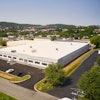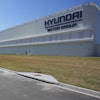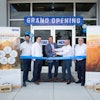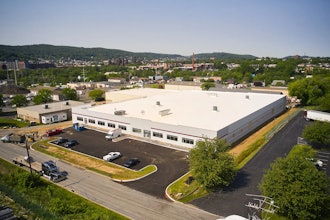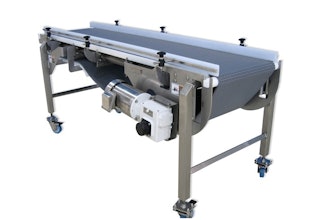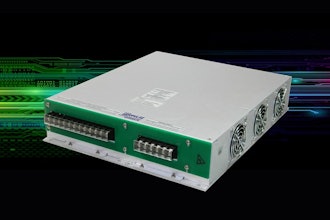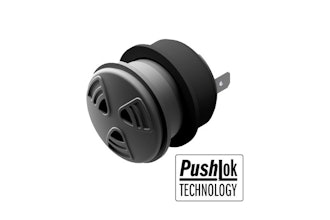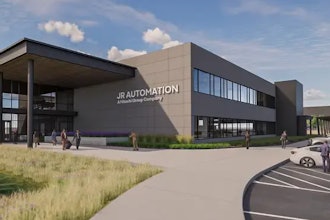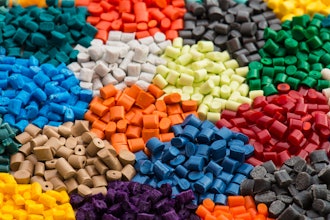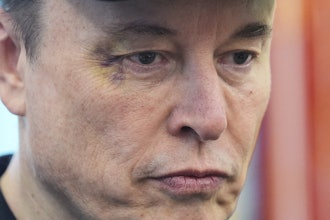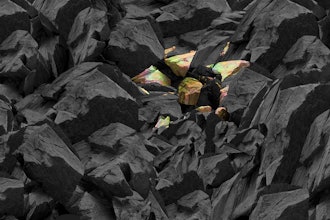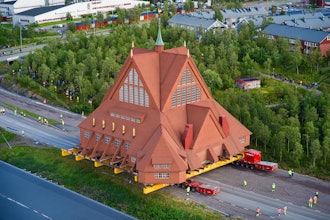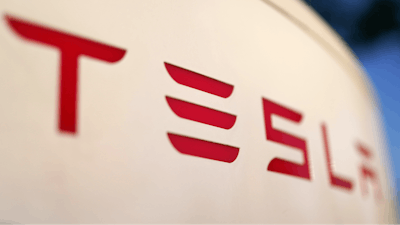
Faced with falling global sales and a diving stock price, Tesla has slashed prices again on some of its electric vehicles and its "Full Self Driving" system in an apparent effort to boost the company's earnings growth.
But Wall Street was unimpressed and will be looking for other answers from CEO Elon Musk when Tesla releases a report on its first-quarter finances after the U.S. stock market's closing bell Tuesday. Many industry analysts say a nearly 9% sales decline in the opening three months of 2024 raises questions about demand for Teslas and other electric vehicles.
For Musk, the answer appears to be the long-elusive robotaxi, which he has been touting as a growth catalyst for Tesla since the hardware for it went on sale late in 2015. Musk has called the system "Full Self Driving," even though the company says on its website that it can't drive itself and humans must be ready to take control at all times.
In 2019, Musk promised a fleet of autonomous robotaxis by 2020 that would bring income to Tesla owners and make their car values appreciate. Instead, they've declined with price cuts, as the autonomous robotaxis have been delayed year after year while being tested by owners as the company gathers road data for its computers.
Now, Musk appears to be betting that the unveiling of a new robotaxi model on Aug. 8 will be the catalyst that his company needs to return to wild annual sales growth.
Industry analysts are skeptical, and fear that Musk has canceled or delayed plans for the Model 2, a new small Tesla for the mass market that would cost around $25,000. Analysts polled by FactSet see the company's first-quarter net income falling 42% from a year ago to $1.46 billion.
Over the weekend, though, Tesla lopped $2,000 off the price of the Models Y, S and X in the U.S. and reportedly made cuts in other countries including China. It also slashed the cost of "Full Self Driving" by one third to $8,000.
On Monday, as investors digested the price cuts, shares in Tesla Inc., which is based in Austin, Texas, fell another 3.4%, pushing the year-to-date decline to just under 43%. Since the start of the year, though, the S&P 500 index is up about 5%.
In a note to investors Monday, Bank of America Global Research analyst John Murphy wrote that Tesla's shares have been under pressure since the start of the year due to weaker EV sales, and production that exceeds demand.
"We retain some level of skepticism on Tesla's growth prospects, but also see opportunities as the company will unveil future growth drivers (robotaxi and Model 2) in the coming months," Murphy wrote, adding that he maintains a neutral rating on the stock.
On Sunday, Musk wrote on X, the social media platform he owns, that like other automakers, Tesla prices change frequently "in order to match production with demand."
From January through March, Tesla manufactured 433,371 vehicles and delivered 386,810, making over 46,000 more than it sold. This even after it cut prices last year on some of its more expensive models by up to $20,000.
Last week Tesla announced it would cut 10% of its 140,000 employees, and key executive Andrew Baglino, senior vice president of powertrain and energy engineering, announced he was leaving after 18 years. The company also announced that it would ask shareholders to restore a $56 billion pay package for Musk that was rejected by a Delaware court.
Murphy wrote that on Tuesday, he expects Musk and the company to give some hints about the robotaxi, and also could reiterate an intent to start making the Model 2 in 2025 or 2026.
For years, Musk has told owners and investors that Teslas with "Full Self Driving" software and hardware will be able to drive themselves and could earn money carrying passengers when they normally would have been parked.
But "Full Self Driving" thus far has not been anything other than a partially automated driver assist system that can't drive itself.
Early last year the National Highway Traffic Safety Administration made Tesla recall its "Full Self-Driving" system because it can misbehave around intersections and doesn't always follow speed limits. Tesla's less-sophisticated Autopilot system also was recalled to bolster its driver monitoring system.
Some experts, though, don't think any system that relies solely on cameras like Tesla's can ever reach full autonomy.
Sterling Anderson, chief product officer and co-founder of Aurora Innovation, a company that makes autonomous driving systems for semis, said his company uses laser and radar sensors in addition to cameras.
Anderson, a former Tesla director of Autopilot, said recently that Aurora's laser sensor, also called lidar, was able to spot a pedestrian along a Texas freeway more than 300 meters (984 feet) ahead in the darkness. The truck's cameras couldn't see the person until it was about 50 meters (164 feet) away, making the situation more dangerous.
"There's no ambient lighting to illuminate that pedestrian," Anderson said. "So any optical system including cameras or human eyes dependent on other light to reflect off an object will fail at that kind of job."
Laser and radar sensors can see far beyond the truck's headlights, he said. "The question really is one of safety, robustness and reliability," Anderson said.
Raj Rajkumar, a professor of computer and electrical engineering at Carnegie Mellon University, said Tesla relies on cameras that are trained on huge data sets. But computers can't foresee every scenario encountered on the roads, and even if they could "tomorrow there will be new scenarios that are not in the data set," he said.
Musk has said before that lidar isn't necessary because humans can drive with just their eyes. "Humans don't shoot lasers out of their eyes to drive," he wrote Sunday on X.

